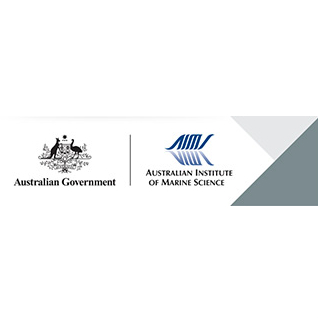Brief description
Mobile species often aggregate at predictable places and times to ensure that individuals find mates and breed in suitable habitats. Sea turtles demonstrate this life history trait, which can make these species highly susceptible to population declines if nesting habitats are lost or degraded. Conservation management thus requires knowledge of where and when turtles nest and changes in abundance in these habitats through time. Here, we compiled new and published data and used a novel analysis to describe seasonality, annual abundance and spatial distribution of nesting green (Chelonia mydas) and hawksbill (Eretmochelys imbricata) turtles in data-deficient populations that inhabit the Red Sea. Major new rookeries were identified for green turtles at Jazirat1 Mashabah (113 and 179 nesting females in 2018 and 2019) and for hawksbill turtles at Jazirat Al Waqqadi (79 nesting females in 2018), both of which are located on nearshore islands of the Kingdom of Saudi Arabia in an area subject to industrial, residential and ecotourism developments. An upward trend in annual abundance of nesting sea turtles was estimated at some sites including Ras Al Baridi (Saudi Arabia), a major rookery of green turtles in the Red Sea, where the annual numbers increased from 14–110 individuals in 1982–1995 to 178 and 330 individuals in 2018 and 2019. This integrative work provides the most up-to-date, comprehensive information on nesting sea turtles in the Red Sea and documents a critical baseline for sea turtle conservation and future management effort.Lineage
Maintenance and Update Frequency: asNeededNotes
CreditRed Sea Research Center and Computational Bioscience Research Center, King Abdullah University of Science and Technology (KAUST), Thuwal, Saudi Arabia
Coupled Animal and Artificial Sensing for Sustainable Ecosystems (CAASE), James Cook University
Modified: 23 06 2025
text: westlimit=32.21191406250001; southlimit=12.08229583736359; eastlimit=44.25292968750001; northlimit=30.107117887092382
Shimada, T., Meekan, M. G., Baldwin, R., Al-Suwailem, A. M., Clarke, C., Santillan, A. S., & Duarte, C. M. (2021). Distribution and temporal trends in the abundance of nesting sea turtles in the Red Sea. Biological Conservation, 261, 109235. https://doi.org/10.1016/j.biocon.2021.109235
- global : e89cd47f-0756-47d7-a4fa-7d2b3391ef10


